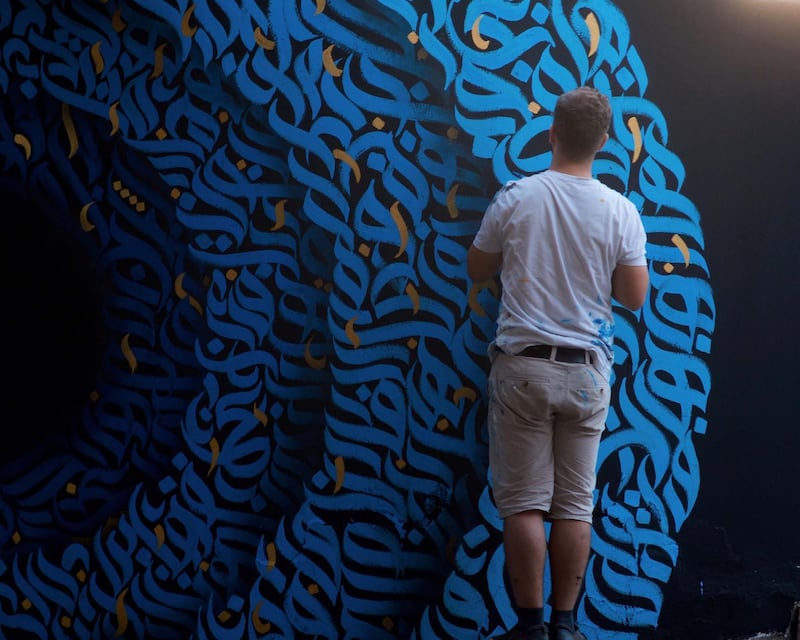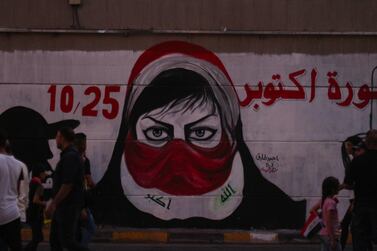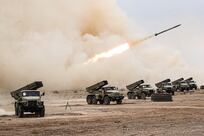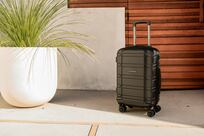Calligraphy artist Raid Madhaa says the works he has created amid anti-government protests in Baghdad’s Tahrir Square are a message of peace and a plea for Iraqis to be given a chance to express their full potential.
The colourful murals portray the public's message that they have come to demonstrate peacefully and are only seeking their basic rights, the 21-year-old university student told The National.
“All we want is freedom. Iraq’s younger generation is filled with potential and energy but we have had no opportunity to show our skills,” said Raid.
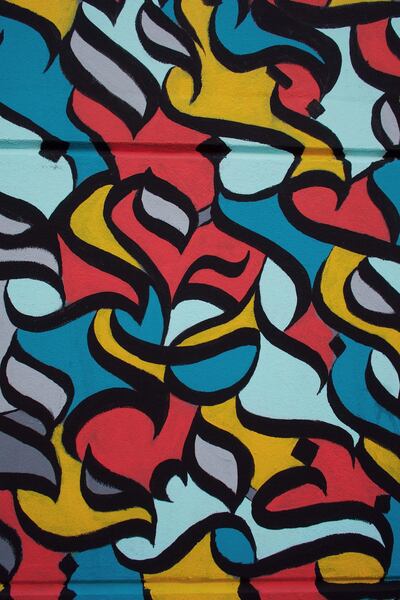
Protesters in the Iraqi capital and in cities across southern Iraq are voicing anger at corruption, economic stagnation and poor public services. Despite its vast oil wealth, Iraq’s infrastructure is crumbling and unemployment is high, a particular concern for the roughly 60 per cent of its 40 million people who under the age of 25.
Security forces have responded by firing live ammunition, rubber bullets and military grade tear gas canisters, killing more than 330 people since the mass demonstrations began on October 1.
“We are oppressed and restricted,” said Raid.
Decades of war and conflict have taken a heavy toll on Iraq’s cultural heritage, but artists will always create no matter the circumstances, he said.
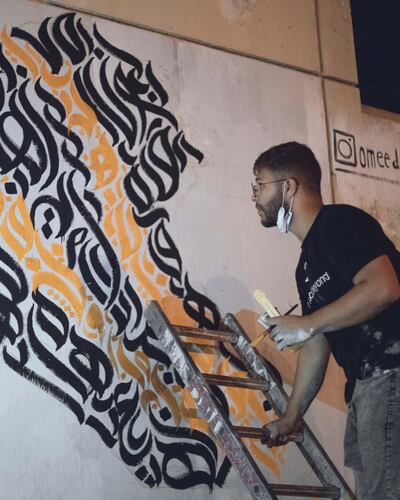
The first mural that Raid painted was on an abandoned building known as The Turkish Restaurant that towers above Baghdad’s Jumhuriya Bridge. It was occupied by protesters in the early days of the demonstrations and people have vowed to give their lives to prevent security forces from taking it.
“I picked The Turkish Restaurant to paint my first mural, which is an outline of the Iraqi map filled with golden Arabic letters,” Raid said.
“I wanted to create a painting that when people walk past, it makes them smile.”
He said it was one of the first paintings created during protests and pushed other artists to come out and use their talent a form of resistance.
“What people have done in Tahrir has been incredible. Doctors have come down to help and people have donated money. Even those that have little have managed to help.”
Raid’s most popular mural is at the entrance to an underpass leading to the famous Freedom Statue in Tahrir Square. The monument, created by the late artist Jawad Salim, depicts depicts key events in Iraqi history before it became a republic in 1958.
The mural has transformed the monochrome tunnel into a revolutionary artwork.
“Bright colours are important to me as an artist. So I decided to paint a wall blue and apply a white gradient by using various forms of shadows to give a 3D effect,” he said,
He said received a message from one protester saying “she had to go down to the square because she did not believe that the mural was 3D”.
The wall is already curved and there are stairs leading to the main square. “It gave me the flexibility to paint a gradient colour wall that people can easily see and take pictures on,” Raid said.
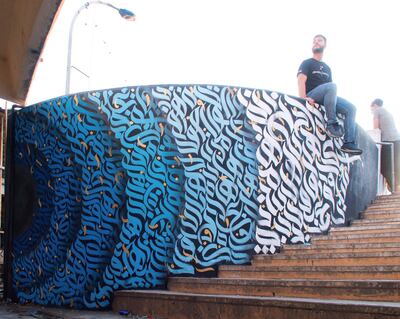
Iraq has only recently emerged from decades of back-to-back conflicts, including a 1980s war with Iran, the US-led invasion in 2003 and a battle against ISIS that ended in late 2017. Raid said protest movement would bring about change for the country’s next phase.
The blue wall represents not only the protesters’ demands for reform but also sends a strong message that Iraqis are capable of building a new system of good governance, he said.
“Imagine how Iraq would have turned out if we had the freedom that allowed us to use our potential and skills.”
